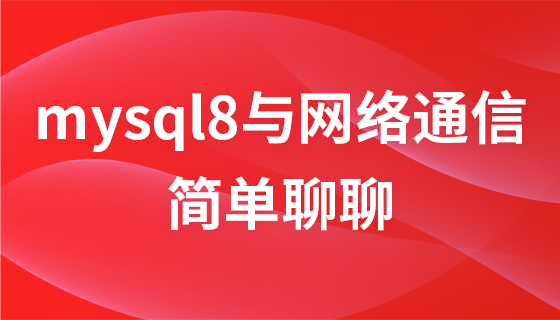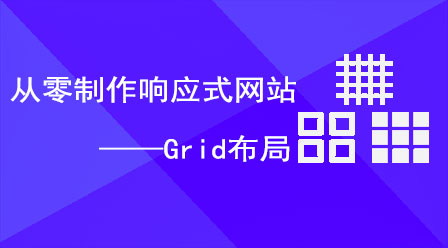为什么这个goroutine的行为类似于使用引用传递?
来源:stackoverflow
时间:2024-03-21 11:15:44 434浏览 收藏
尽管 tryField 函数是按值调用的,但其参数 b(一个 board 类型)包含对底层数组的引用。当 goroutine 修改 b 的字段时,这些更改也会影响其他 goroutine 中的 b,因为它们都指向同一底层数组。因此,该行为类似于引用传递,其中对变量的更改会影响所有引用该变量的 goroutine。
我正在尝试学习 go 的基础知识,但我对我测试的代码片段中按值调用和按引用调用之间的区别有点困惑。
我尝试解决一个编码游戏难题,其中需要计算井字游戏字段的解决方案。
我正在使用的代码
因为我正在学习go,所以我想使用一个goroutine来测试井字棋盘的每个字段,检查该字段是否是解决方案,然后将指向该字段的指针放入主通道中方法得到结果。我使用的代码如下所示:
package main
import "fmt"
import "os"
var player int = int('O')
var opponent int = int('X')
var empty int = int('.')
type board struct {
fields [][]int
}
func main() {
lines := [3]string {"OO.", "...", "..."}
var b board
b.fillBoard(lines)
fmt.Fprintln(os.Stderr, "input board:")
b.printBoard(true)
resultChannel := make(chan *board)
for i := 0; i < 3; i++ {
for j := 0; j < 3; j++ {
go tryField(b, [2]int{i, j}, resultChannel) // goroutine call that isn't working as expected
}
}
fmt.Fprintln(os.Stderr, "\nresult:")
for i := 0; i < 9; i++ {
resultBoard := <- resultChannel
if (resultBoard != nil) {
resultBoard.printBoard(false)
return
}
}
// fmt.Fprintln(os.Stderr, "Debug messages...")
fmt.Println("false")// Write answer to stdout
}
func tryField(b board, field [2]int, result chan *board) {
b.printBoard(true)
fmt.Fprintln(os.Stderr, "add O to field: ", field)
fmt.Fprint(os.Stderr, "\n")
if (b.fields[field[0]][field[1]] != empty) {
result <- nil
}
b.fields[field[0]][field[1]] = player
if (b.isWon()) {
result <- &b
} else {
result <- nil
}
}
func (b *board) fillBoard(lines [3]string) {
b.fields = make([][]int, 3)
for i := 0; i < 3; i++ {
b.fields[i] = make([]int, 3)
}
for i, line := range lines {
for j, char := range line {
b.fields[i][j] = int(char)
}
}
}
func (b *board) printBoard(debug bool) {
var stream *os.File
if (debug) {
stream = os.Stderr
} else {
stream = os.Stdout
}
for i := 0; i < 3; i++ {
for j := 0; j < 3; j++ {
fmt.Fprint(stream, string(b.fields[i][j]))
}
fmt.Fprint(stream, "\n")
}
}
func (b *board) isWon() bool {
for i := 0; i < 3; i++ {
rowFull := true
colFull := true
for j := 0; j < 3; j++ {
rowFull = rowFull && b.fields[i][j] == player
colFull = rowFull && b.fields[j][i] == player
}
if (rowFull || colFull) {
return true
}
}
diagonal1Full := true
diagonal2Full := true
for i := 0; i < 3; i++ {
diagonal1Full = diagonal1Full && b.fields[i][i] == player
diagonal2Full = diagonal2Full && b.fields[i][2-i] == player
}
if (diagonal1Full ||diagonal2Full) {
return true
}
return false
}
您可以在演示中运行它。
问题
由于代码片段中的最后一个函数被声明为 func tryfield(b board, field [2]int, result chan *board) 我假设板 b 是一个独立的副本,每次调用该方法时,因为这是按值调用。因此,更改此板不应影响其他 goroutine 中的其他板。但不幸的是,更改一个 goroutine 中的 board 确实会影响其他 goroutine 中的 board,因为程序的输出如下:
输入板: 哦。 ... ... 结果: 哦。 ... ... 将 o 添加到字段:[1 0] 哦。 奥.. ... 将 o 添加到字段:[2 1] 哦。 奥.. .o.
正如您所看到的,初始字段在第一行的第一列和第二列有两个 o。将 o 添加到位置 [1 0] 的效果与预期一致,但是当将 o 添加到字段 [2 1] 时,在 [1 0] 处也有一个 o,它是在前一个 goroutine 中添加的,不应该因为它是按值调用的。
问题
为什么我的代码片段中的代码表现得像通过引用调用,尽管该函数不使用指针?
提前致谢!
正确答案
切片是对数组的引用。当修改切片而不复制它时,底层数组将被修改。因此,指向同一底层数组的所有切片都会看到此更改。
终于介绍完啦!小伙伴们,这篇关于《为什么这个goroutine的行为类似于使用引用传递?》的介绍应该让你收获多多了吧!欢迎大家收藏或分享给更多需要学习的朋友吧~golang学习网公众号也会发布Golang相关知识,快来关注吧!
-
502 收藏
-
502 收藏
-
501 收藏
-
501 收藏
-
501 收藏
-
139 收藏
-
204 收藏
-
325 收藏
-
478 收藏
-
486 收藏
-
439 收藏
-
357 收藏
-
352 收藏
-
101 收藏
-
440 收藏
-
212 收藏
-
143 收藏
-

- 前端进阶之JavaScript设计模式
- 设计模式是开发人员在软件开发过程中面临一般问题时的解决方案,代表了最佳的实践。本课程的主打内容包括JS常见设计模式以及具体应用场景,打造一站式知识长龙服务,适合有JS基础的同学学习。
- 立即学习 543次学习
-

- GO语言核心编程课程
- 本课程采用真实案例,全面具体可落地,从理论到实践,一步一步将GO核心编程技术、编程思想、底层实现融会贯通,使学习者贴近时代脉搏,做IT互联网时代的弄潮儿。
- 立即学习 516次学习
-

- 简单聊聊mysql8与网络通信
- 如有问题加微信:Le-studyg;在课程中,我们将首先介绍MySQL8的新特性,包括性能优化、安全增强、新数据类型等,帮助学生快速熟悉MySQL8的最新功能。接着,我们将深入解析MySQL的网络通信机制,包括协议、连接管理、数据传输等,让
- 立即学习 500次学习
-

- JavaScript正则表达式基础与实战
- 在任何一门编程语言中,正则表达式,都是一项重要的知识,它提供了高效的字符串匹配与捕获机制,可以极大的简化程序设计。
- 立即学习 487次学习
-

- 从零制作响应式网站—Grid布局
- 本系列教程将展示从零制作一个假想的网络科技公司官网,分为导航,轮播,关于我们,成功案例,服务流程,团队介绍,数据部分,公司动态,底部信息等内容区块。网站整体采用CSSGrid布局,支持响应式,有流畅过渡和展现动画。
- 立即学习 485次学习
